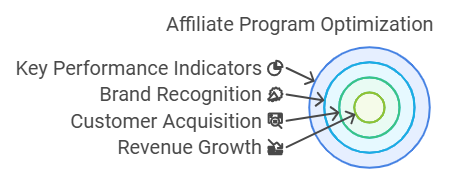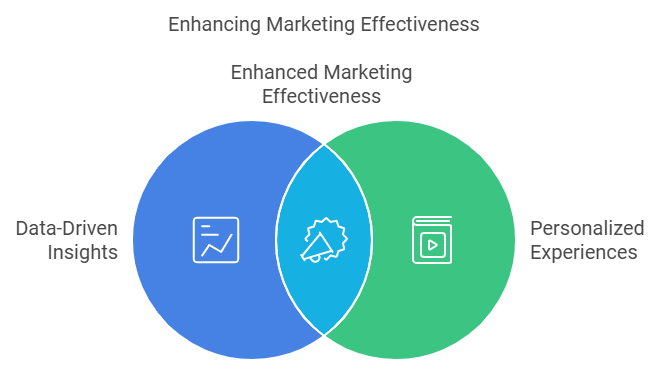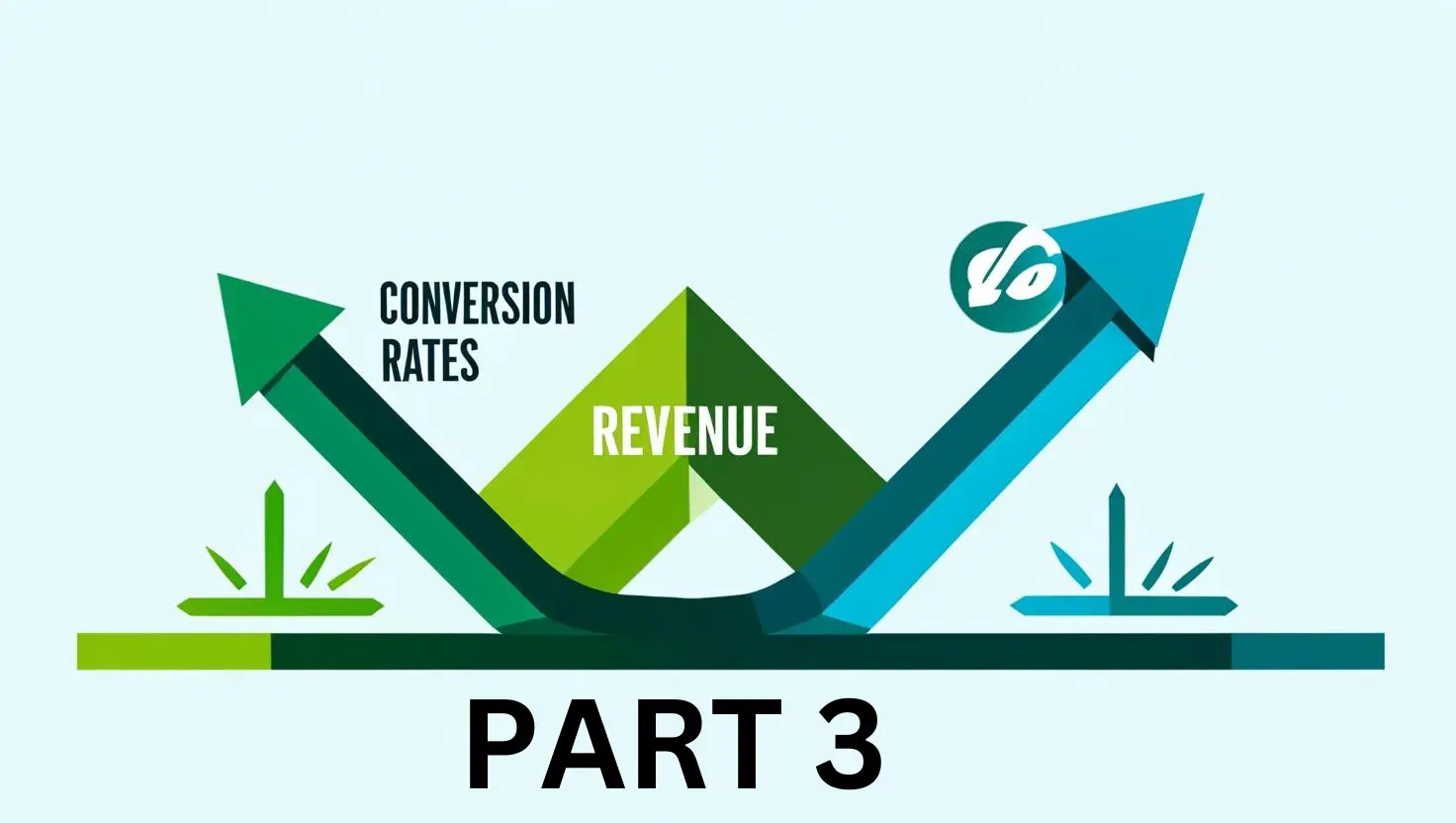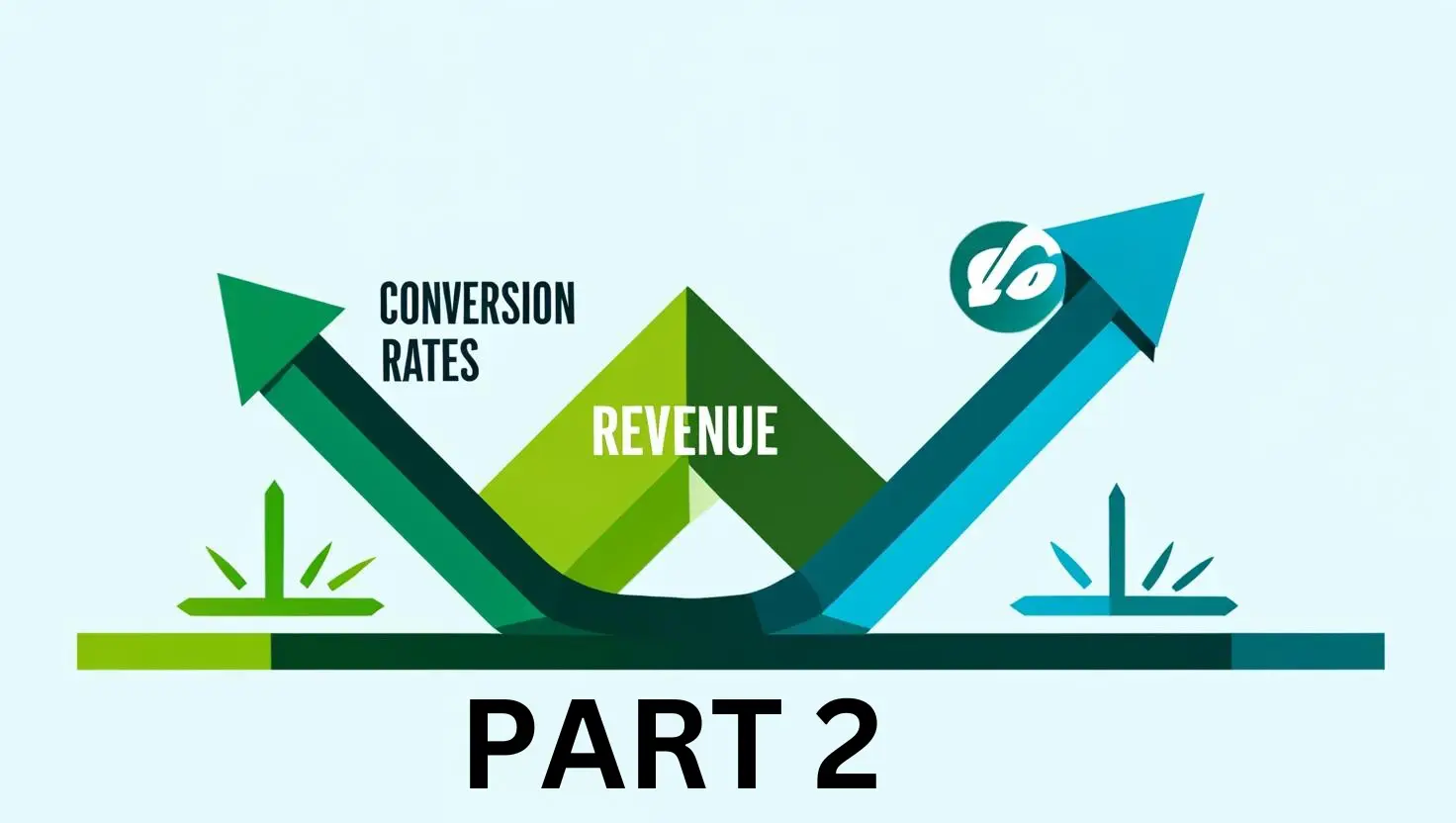Summary (TL;DR):
Affiliate marketing in 2025 presents significant growth opportunities driven by performance-based marketing, social commerce, and consumer demand for personalization. Key strategies include mobile-first optimization, leveraging high-quality content, and using data-driven insights for targeted offers. Setting clear goals with defined KPIs, choosing flexible cost models, and investing in SEO are critical to program success. Technology, like AI and automation, simplifies affiliate onboarding and optimizes performance tracking. Building strong relationships through incentives and regular communication keeps affiliates motivated. By embracing these approaches, marketers can capitalize on evolving trends, drive engagement, and achieve sustainable growth in a competitive landscape.
Key Takeaways:
- Mobile and Social First – Over 70% of affiliate traffic will come from mobile; include social commerce in affiliate strategies to engage Gen Z and Millennials.
- Data-Driven Personalization – Use segmentation, targeted promotions, and A/B testing to provide tailored consumer experiences.
- High-Quality Content – Focus on blogs, videos, and authentic reviews to build trust and capture organic traffic.
- Technology and Automation – Leverage AI and automated tools for onboarding, real-time performance tracking, and dynamic attribution.
- Affiliate Relationships – Offer incentives, marketing assets, and regular communication to motivate affiliates and ensure alignment with brand goals.
- Clear Goals and KPIs – Define measurable goals like revenue growth and CAC to track success and refine strategies.Effective Communication: Keeps affiliates and brands aligned on goals and expectations.
As 2025 approaches, the affiliate marketing landscape continues to evolve rapidly. If you're not on top of trends and market changes, it can be difficult to move forward with confidence. One thing is for sure, marketers are consistently looking for ways to increase overall marketing efficiencies in light of budget scrutiny.
To help ease those concerrns, brands are expected to spend even more on affiliate marketing. This is driven by a shift toward performance-based marketing and increased consumer preference for trusted, influencer-driven recommendations.
Affiliate marketing in 2025 promises exciting growth opportunities for both seasoned marketers and newcomers launching new programs. By embracing mobile-first strategies, personalization, diverse content, and advanced technology, brands can create a resilient, results-driven affiliate program. Start with clear goals, maintain open communication with affiliates, and use data-driven insights to continually optimize performance.
Here are some key strategies to help you succeed in 2025
Identify Trends and Consumer Preferences
- The affiliate marketing industry is projected to grow with a compound annual growth rate (CAGR) of nearly 20%, fueled by evolving consumer behaviors and new technology, according to Forrester.
- More than 70% of affiliate traffic is expected to come from mobile devices. Ensure your website and promotions are mobile-optimized, from landing pages to the checkout experience.
- With 59% of Gen Z and 51% of Millennials reporting they’ve made purchases directly on social media platforms, social commerce will be a critical component of successful affiliate strategies in 2025.Be sure to include your social team in affiliate planning and strategies.
- Consumers are increasingly looking for personalized shopping experiences. To stand out, use data-driven insights to provide targeted offers and relevant content for your audience.
Start with Clear Goals and Metrics
To build a strong affiliate program or optimize an existing one, it’s crucial to set clear goals that align with your broader business objectives.
- Growing revenue is typically the primary focus for most business. Set specific percentage or dollar-value goals for the increase in affiliate-driven sales. Review these goals regularly.
- If reaching new customers is a goal, set metrics around customer acquisition costs (CAC) and lifetime value (LTV) to measure the effectiveness of your affiliate efforts.
- For new programs, consider setting metrics around impressions, website visits, or social engagement as affiliates build brand recognition in new markets.
- Define key performance indicators (KPIs) that align with these goals, such as conversion rates, average order value, or affiliate-driven traffic. These KPIs will help you refine your strategies and measure program success.

Choose the Right Cost Models and Commission Structures
The choice of cost model can significantly impact your program’s profitability and attractiveness to affiliates.
- In 2025, consider flexible structures that allow affiliates to earn bonuses based on seasonal performance or reaching specific benchmarks.
- Implement a tiered structure that rewards top-performing affiliates with higher commission rates as they achieve sales milestones, incentivizing them to perform better.
Invest in High-Quality Content and SEO
Content-driven strategies remain essential for affiliate marketing success, especially as consumers continue to rely on blogs, reviews, and comparison sites to inform their purchases. Brands can share these assets with affiliates to amplify reach.
- Strong SEO will drive organic traffic to your content. Use tools like Google Keyword Planner or Ahrefs to identify relevant keywords and optimize your content to capture search interest.
- In 2025, affiliate marketers should leverage a range of content formats, including blogs, video content, interactive tools, and infographics. Video and interactive content are particularly effective for engaging audiences and providing product demos.
- Consumers are becoming more discerning, so build trust through authentic content. Use personal stories, reviews, and real-life use cases to highlight the value of your offerings genuinely.
Implement Data-Driven Personalization
As consumers expect personalized experiences, data-driven insights will become essential for affiliate marketers.
- Use data to divide your audience into segments based on factors like demographics, purchasing behavior, AOV, and geographic location.
- Use insights from past campaigns to offer promotions tailored to specific audience segments. Personalized discount codes, for example, can help drive conversions among high-intent shoppers.
- Regularly A/B test your content, offers, and landing pages to see what resonates most with your audience. Small adjustments can lead to significant improvements in performance.

Embrace New Technology and Automation
The technology supporting affiliate marketing is constantly advancing, with AI, machine learning, and automation becoming essential tools.
- For new programs, streamline affiliate onboarding with automated systems that handle registration, verification, and access to marketing materials.
- Use AI tools to analyze affiliate performance and identify high-value affiliates. Machine learning can help detect trends in real-time, allowing you to make data-backed decisions quickly.
- Attribution is essential to fairly compensate affiliates for their contributions, especially if multiple affiliates interact with the same customer. Dynamic attribution models assign credit based on real-time customer journeys, ensuring fair compensation for all touchpoints.
Strengthen Affiliate Relationships with Incentives and Communication
Affiliates who feel supported and valued are more likely to promote your products enthusiastically.
- Offer a range of marketing assets like banners, product images, and premade social media content to make it easier for affiliates to promote your brand.
- Schedule regular calls or send surveys to gather feedback and address any questions. Affiliates who feel connected are often more motivated and aligned with brand goals.
- Offer seasonal bonuses, increased commission rates, or exclusive products to affiliates who perform well. Tailor these incentives to the most effective affiliates, motivating them to continue driving results.

Track and Optimize Regularly
Regular tracking and optimization are critical for a high-performing affiliate program.
- Use analytics platforms to monitor real-time affiliate performance metrics, such as traffic, conversions, and ROI. Many platforms offer customizable dashboards that show KPIs at a glance.
- Evaluate the effectiveness of your commission structure and adjust as needed. Affiliates may respond well to occasional commission increases or special bonuses during peak seasons.
- Periodically test and update your creatives and landing pages based on performance data. High-quality visuals and optimized landing pages can significantly improve conversions.
With the right planning, affiliate marketers can capitalize on these industry shifts and turn 2025 into a year of measurable success and lasting brand impact.


